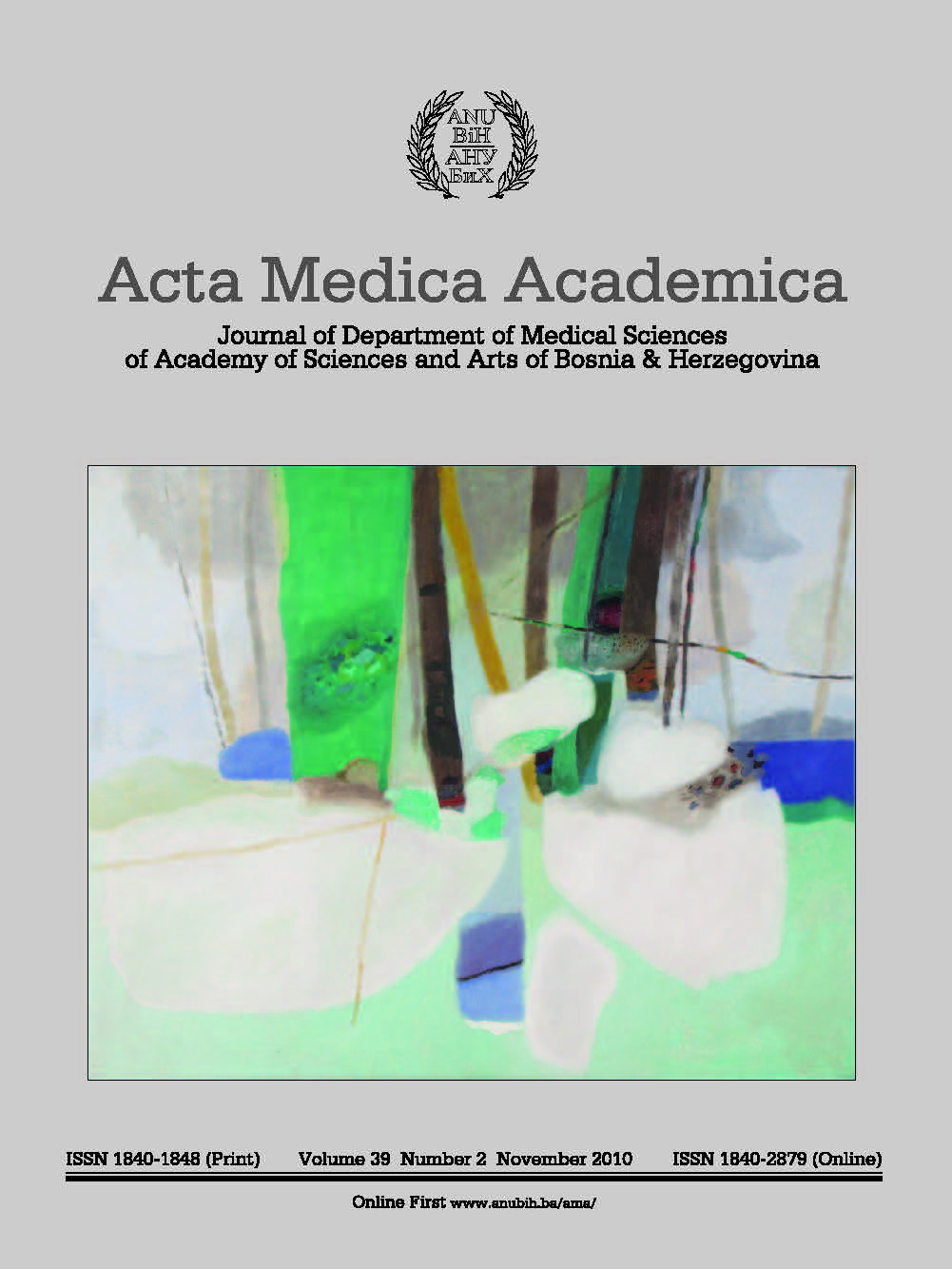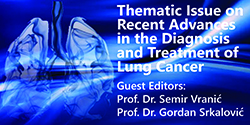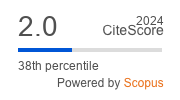Relative dose intensity of systemic chemotherapy in an outpatient cancer center
Keywords:
Drug therapy, Chemotherapy, Dose intensityAbstract
Objective. This study was undertaken to determine the averagerelative dose intensity (RDI) of chemotherapy administeredto patients in a community-based outpatient cancercenter. Methods. A retrospective review of medical recordsin an outpatient cancer center was conducted for patientsinitiating systemic chemotherapy in 2007 for a diagnosis oflymphoma, breast, lung, ovary, or colon cancer. Eighty-fourrecords meeting the inclusion criteria were reviewed for demographicinformation, primary tumor type, chemotherapyregimen, staging at diagnosis, presence of disease progression,and mortality status. Regimen data included: chemotherapeuticagents used, dosages administered, dates of administration,treatment intent (adjuvant vs. metastatic), andgranulocyte colony-stimulating factor (G-CSF) usage percycle. Mean summary statistics were calculated and averageRDI was analyzed. Results. The overall RDI at our institutionwas 83% (n=65). The RDI for those receiving adjuvant chemotherapywas 85% (n=51), whereas for those receiving chemotherapyfor metastatic disease the RDI was 76% (n=14).Fifty-four percent (n=35) of the regimens met or exceededthe recommended minimum goal RDI of > 85%. Conclusions.Overall the average RDI at our institution was 83%,slightly below the goal of ≥ 85%. Patients with potentially curablemalignancies receiving adjuvant chemotherapy reachedthe threshold RDI; however, areas for quality improvementexist at our institution.References
DeVita VT, Chu E. Principles of Medical Oncology. In: DeVita VT, Lawrence TS, Rosenberg SA, editors. Cancer: Principles and Practice of Oncology. 8th ed. Philadelphia: Lippincott; 2008. p. 340-342.
Foote M. The importance of planned dose of chemotherapy on time: do we need to change our clinical practice? Oncologist. 1998;3:365-8.
Lyman GH. Impact of chemotherapy dose intensity on cancer patient outcomes. J Natl Compr Canc Netw. 2009;7(1):99-108.
Hryniuk VM. The importance of dose intensity in the outcome of chemotherapy. In: Devita VT, Hellman S, Rosenberg SA, editors. Important Advances in Oncology. Philadelphia: Lippincott; 1988. p. 121-142.
Link BK, Budd GT, Scott S, Dickman E, Paul D, Lawless G, et al. Delivering adjuvant chemotherapy to women with early-stage breast carcinoma: current patterns of care. Cancer. 2001;92(6):1354-67.
Lyman GH, Dale DC, Crawford J. Incidence and predictors of low dose-intensity in adjuvant breast cancer chemotherapy: a nationwide study of community practices. J Clin Oncol. 2003;21(24):4524-31.
Lyman GH, Dale DC, Friedberg J, Crawford J, Fisher RI. Incidence and predictors of low chemotherapy dose-intensity in aggressive non-Hodgkin’s lymphoma: a nationwide study. J Clin Oncol. 2004;22(21):4302-11.
Norton L. Theoretical concepts and the emerging role of taxanes in adjuvant therapy. Oncologist. 2001;6(Suppl 3):30-5.
Picozzi VJ, Pohlman BL, Morrison VA, Lawless GD, Lee MW, Kerr RO, et al. Patterns of chemotherapy administration in patients with intermediate-grade non-Hodgkin’s lymphoma. Oncology (Williston Park). 2001;15(10):1296-306; discussion
-1, 1314.
Citron ML, Berry DA, Cirrincione C, Hudis C, Winer EP, Gradishar WJ, et al. Randomized trial of dose-dense versus conventionally scheduled and sequential versus concurrent combination chemotherapy as postoperative adjuvant treatment of node-positive primary breast cancer: first report of Intergroup Trial C9741/Cancer and Leukemia Group B Trial 9741. J Clin Oncol. 2003;21(8):1431-9.
Kwak LW, Halpern J, Olshen RA, Horning SJ. Prognostic significance of actual dose intensity in diffuse large-cell lymphoma: results of a tree-structured survival analysis. J Clin Oncol. 1990;8(6):963-77.
Bonadonna G, Valagussa P, Moliterni A, Zambetti M, Brambilla C. Adjuvant cyclophosphamide, methotrexate, and fluorouracil in node-positive breast cancer: the results of 20 years of follow-up. N Engl J Med. 1995;332(14):901-6.
Bonadonna G, Moliterni A, Zambetti M, Daidone MG, Pilotti S, Gianni L, et al. 30 years’ follow up of randomised studies of adjuvant CMF in operable breast cancer: cohort study. BMJ.
;330(7485):217.
NearSpace [homepage on the Internet]. Rohnert Park: NearSpace, Inc.; c2006 [cited 2010 Jun 9]. How the RDI Calculator Works. Available from: http://www.nearspace.com/medical-calculator/rdi/Calculations.pdf.
Lenhart C. Relative dose intensity: improving cancer treatment and outcomes. Oncol Nurs Forum. 2005;32(4):757-64.
Griggs JJ, Sorbero ME, Lyman GH. Undertreatment of obese women receiving breast cancer chemotherapy. Arch Intern Med. 2005;165(11):1267-73.
Lyman GH. Chemotherapy dose intensity and quality cancer care. Oncology (Williston Park). 2006(14 Suppl 9):16-25.






